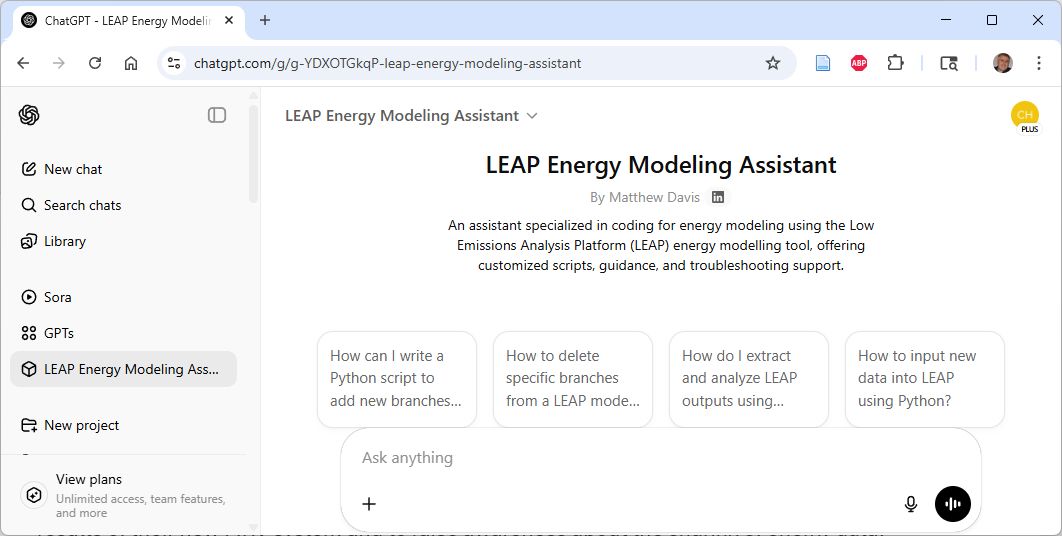LEAP News
New version of LEAP (2024.5.0.6): Now with Added HSD 1 Like
By Charlie Heaps on 11/20/2025Announcing the new LEAP Publications Database 5 Likes
By Charlie Heaps on 11/9/2025SEI is pleased to announce a new resource for the LEAP community: the LEAP Publications Database. The database includes over 4,800 records of LEAP-related publications, spanning case studies, evaluations, methodological developments, and other analyses. It draws from peer-reviewed publications as well as reports from governments, international organizations, and NGOs, and includes entries for the most recent NDC 3.0 submissions that were created with the support of the LEAP platform.
You can search the database by keyword, title, author, abstract, and year, and filter results by country/region, topic, and publication type. Wherever possible, records include direct links for reading the full publications.
The database is fully integrated with the LEAP platform with authors linked to their LEAP profiles. You can also add your own publications - a great way to share your work and increase your visibility within the LEAP community. You can also create a list of your favorite publications and export for use in reference managers such as Zotero, EndNote, and Mendeley.
The LEAP Publications Database is available now. We invite you to explore it and welcome your feedback.
LEAP-GPT: A new AI assistant for LEAP 34 Likes
By Charlie Heaps on 6/12/2025The assistant:
* Provides general purpose help with using LEAP.
* Guides users through using the LEAP API, including those with no prior scripting experience.
* Generates code for automating LEAP tasks, including providing instructions for how to set up from scratch.
* Follows best practices for LEAP API branch access, filters, data inputs, results extraction, and model calculation.
* Helps navigate and apply API functions with complete argument structures.
* Supports error handling and scenario/region management through scripting.
To use the assistant:
* Go to https://chatgpt.com
* In the GPTs tab (Explore GPTs), search for “LEAP Energy Modeling Assistant”
* Start a conversation and describe your modeling task.
Some example common use cases include:
* General help with using LEAP.
* Extracting results data.
* Building branch structures and inputting data.
* Sensitivity analysis.
* Running batches of scenarios and various model workflows requiring iteration.
* Model validation and verification.
While the assistant is still being improved, it is already functional and can support real-world workflows.
Give it a try. Matt welcomes your feedback!




